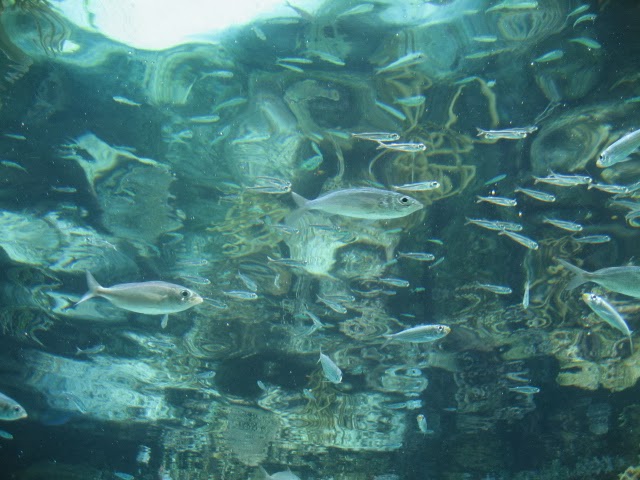A recent article published by "New Scientist" reveals Mandela's unsung legacy of science in Africa.
Nelson Mandela died recently at the age of 95.
"For much of the world Nelson Mandela was the icon of the age of modern liberation that started with Mahatma Gandhi and reached its height with South Africa's first democratic elections in 1994.
What is less well known is that the struggle for political freedom was closely associated with the desire to develop scientific and technological capacity.
Apartheid did not just separate races. Probably the most destructive of its legacies was to restrict non-whites from getting technical training. What is more, this exclusion was not unique to South Africa but part of a wider political culture that defined Africa as a region with low levels of technological expertise.
Mandela understood that exclusion from education was a major limiting factor to development. He said education was "the most powerful weapon with which you can change the world".
Motivated by this concern, Mandela lent his name to the creation of a new generation of African Institutes of Science and Technology, seen as the beginning of a new generation of African research universities."
Read the rest of the article here.
http://www.newscientist.com/article/dn24712-mandelas-unsung-legacy-of-science-in-africa.html#.Uqe1eUoo74g






